
Persona 5 Tactica Review
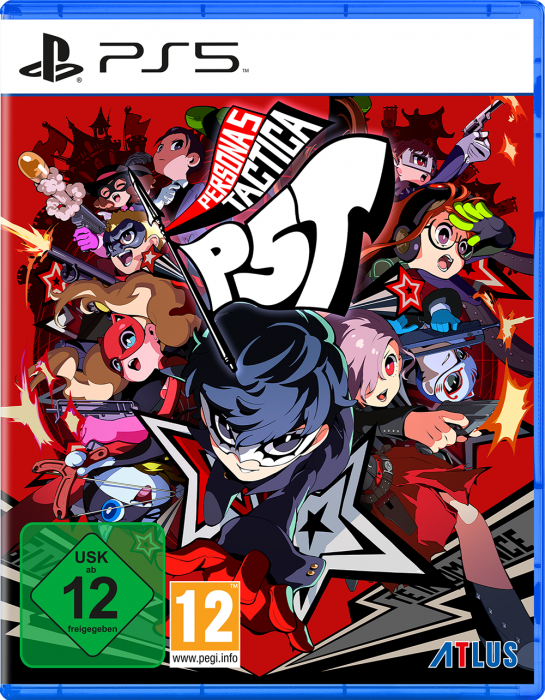
Pros
- Slick Persona 5 Style
- Brainteasing Quests
- Endearing New Characters
- Charismatic Voice Acting
Cons
- Simplistic in both concept and difficulty
- Repetitive enemies and maps
- Underbaked Persona System
- Water-treading Storytelling
- No Sae Niijima
The Persona franchise is many things: Stylish, charismatic, slick, comfortable, and endearing. But one aspect of the Shin Megami Tensei spin-off series that publisher Atlus was quick to realize is that it is extremely malleable. With its physics-defying world, spirited sense of action and adventure, and varied cast of characters, Persona can be molded into seemingly all manner of both multimedia and gaming genres.
This transformative ability has already been demonstrated in various releases, including the excellent Arc System Works fighters Persona 4 Arena and BlazBlue Cross Tag Battle, as well as the very compelling Dancing All Night rhythm action titles and the musou-like Persona 5 Strikers. And yet, it feels as if we’re still merely scratching the surface of Persona’s genre-leaping potential.
Frankly, we’re long overdue the inevitable kart racer. And where’s my Surgeon Simulator knock-off starring Dr. Takemi and her staggeringly illegal backstreet shenanigans?
Well, while those particular examples are clearly still in their early development stages, Atlus and developer P-Studio do have a brand-new venture ready and waiting for the dedicated Heart Stealing community. Persona 5 Tactica sees The Phantom Thieves - protagonists of the franchise’s multi-million selling entry, Persona 5 - return to their shadow-battling ways in an all-new adventure that forgoes the classic RPG style of the series in favor of more tactical action - set against the backdrop of a Metaverse rebellion.
But does this latest experiment truly smash the system, or does it merely put the “revolt” in revolution? Don your mask and grab your flag, fellow thieves, it’s time to find out.
The Phantom Thieves return with all-new allies in tow
Persona 5 Tactica has a “can’t miss” concept. Take the team-based battles of The Phantom Thieves and adapt them to a tabletop-style, strategic battle concept. Given the respective skills and personas of Joker and his friends, as well as the wide variety of elemental-based enemies that are conjured up in the Metaverse, the Persona franchise seems ready-made for the top-down strategy genre, already instilled with all of the components required to make something very special.
Unfortunately, however, action-strategy is perhaps one of - if not the - most scalpel-precise genres in all of gaming, particularly when it comes to mechanical design, map layout, and character balance. And while Persona 5 Tactica certainly demonstrates the potential to transition the series into this world, it becomes fast apparent that it has struggled to understand just how complex the genre is.
Players choose from a field team of three-to-four characters, moving each character in turn through the given battlefield while attempting to topple the opposing army of shadows. The Phantom Thieves utilize their iconic firearms, alongside their various offensive and defensive Persona skills to turn the tide of battle, plotting routes of attack and synergizing their abilities to outmaneuver and outgun the enemy. While some battles are conditional, the typical goal of each map is to eliminate the opposition while keeping our young revolutionaries upright and, preferably, not full of holes.
(1 of 2) Persona 5 Tactica utilizes a fresh action-strategy style
Persona 5 Tactica utilizes a fresh action-strategy style (left), decorated in the series trademark style (right)
There are additional tactical elements that form the key to victory, adapted from Persona 5 itself. Knocking an enemy from its cover offers a “One More” additional phase of movement and attack, allowing a character to follow up on their assault or reposition themselves for the next turn. Two-tiered maps also allow players to knock enemies from the upper tier to the lower tier, where a secondary character can pop them out of the sky like a clay pigeon; an extremely satisfying tactic, it must be said.
The ultimate weapon in The Phantom Thieves’ arsenal is the “Triple Threat”, which is Tactica’s take on Persona 5’s All-Out Attack. Should any three characters form a triangle around a downed enemy, then they can perform a powerful assault that devastates not only the downed individual, but also any enemy caught in the triangle of attack. Given that the three points can form at any range over the map, the Triple Threat can, (and will), turn the tide of battle in a single turn.
It is through a combination of scouted cover usage, efficient persona attacks, and frequent use of One More and Triple Threat that our heroes are able to surmount the numbers and win the day, planting the flag for the Rebel Corps and liberating the people… At least, in theory, that is how gameplay works, but in practice, things are a whole lot more simplistic. And this forms the spine of Tactica’s problem.
A force to be reckoned with, our heroes can unlock additional skills and abilities
Persona 5 Tactica is woefully unbalanced. Our heroes are absolutely stacked with skills, weapons, passive boons, and abilities that simply flatten the opposition. Additionally, the maps themselves lack the delicacy of design to provide much in the way of obstacle or challenge, with the player often able to run rings around the enemy or manipulate the environment to leave the opposition dizzy or uncoordinated. And while The Phantom Thieves start their adventure in a fairly powerful position, the player can spend the spoils of war on upgraded weapons, skills, stats, and, of course, fusing personas, in order to further bolster the team’s capabilities.
Soon after realizing that I wasn’t seeing much resistance, I ramped the difficulty up from Normal. But still, I found myself steamrolling each and every mission. My teams were not only equipped with especially powerful attacks, but their healing properties - such as Erina’s support flag skill - ensured that they were rarely ever struggling for health. On top of the team’s own healing abilities, everyone’s favorite Nerd Gurl, Futaba, drops in every few turns to further boost the entire squad’s health and skill points.
Should a character ever fall in battle, they can be immediately replaced with a substitute, kitted out with all of their skills ready and raring to go. These subs can step in up to three times a battle, (dependent on difficulty setting), which weighs the odds overwhelmingly in The Phantom Thieves’ favor. The result of all this assistance, unfortunately, is the majority of the missions lacking any form of challenge. For full disclosure, I’m not a big strategy game player. Not by a long shot. But my playthrough with Tactica was little more than a relentless march to victory.
Persona 5 Tactica recognizes the components that make a strategy title compelling, but struggles to sculpt these components into a tight, balanced, and challenging experience.
Progressing through the main campaign, Players unlock optional side-missions, known as “Quests”. These are strictly conditional skirmishes that require certain objectives to be met, such as completing the battle in a certain amount of turns, or using specific skills or participants. These Quests are far more engaging than the main story missions, and require lateral thinking, precise planning, and efficient, thrifty decision-making.
There are just over 15 of these missions in total, and their compelling nature shows that perhaps this puzzle-based direction is better suited to Tactica’s gameplay mechanics. These missions were the better part of the Tactica experience, with a genuine sense of satisfaction earned in the economizing of movement and positioning. Completing these endeavors offers additional experience points to spend on skill trees, with exclusive abilities rewarded for completing the tougher challenges.
Tactica struggles because it’s wading into highly specialized waters. The scalpel-precision required to craft the battle mechanics, enemy types, map layout, skill balance, and difficulty curve of a compelling strategy title is arguably the sharpest in all of gaming. Persona 5 Tactica recognizes the components that make a strategy title compelling, but struggles to sculpt these components into a tight, balanced, and challenging experience. This results in perfunctory gameplay that, while serviceable, is uneven at best.
There is hope in the form of rebalancing. Tweaking the rollout of experience points, altering the damage or healing abilities of certain skills, adjusting range on movement or skills - all of the above can be adjusted to provide a tauter curve. Don’t be mistake, at its core, you can see the ingredients of a smart, if modest, Persona-themed action-strategy game - but the cake is a little underbaked.
(1 of 2) Dialogue exchanges are peppered with colorful art, great voice acting, and plenty of heart,
Dialogue exchanges are peppered with colorful art, great voice acting, and plenty of heart, (left), and humor (right)
Persona 5 Tactica wastes zero time getting to the meat of its central narrative. Merely two minutes into our opening, heroes Joker, Morgana, Lady Ann, Makoto, Yusuke, Ryuji, and - of course - Haru are whisked from a fine morning of coffee and curry to a mysterious new universe, where they are immediately attacked by an army of shadow-like Legionnaires and their hypnotic noblewoman leader, Lady Marie.
Into this chaotic scene steps a stranger, sporting both the battle scars of war and the eyes of a warrior. This is Erina, leader of the Rebel Corps, and it is by her side that The Thieves will fight, waging the war of the oppressed through four themed Kingdoms, toppling each land’s respective dictators and freeing their imprisoned communities. As the tale unfolds, we learn more about Erina, the manifestation of the kingdoms and their inhabitants, and how it all connects to Japan’s upcoming prime minister, Toshiro Kasukabe.
In fact, despite the heavy emphasis placed on The Phantom Thieves and Erina in Tactica‘s marketing, this is really Toshiro’s story, and while it’s not for me to spoil anything, the young politician forms the backbone of the entire affair. It’s an interesting angle, and it must be said that having The Phantom Thieves and their rabble-rousing new friend basically risking their lives for a suited government official is a little, well, un-punk. Ultimately, however, Tactica’s tale is one of rebellion, and these playing pieces do, in time, slide together to embody those themes, even if it does feel oddly conservative.
The voice acting is - as always - top-notch, with our lovable heroes and dastardly villains spilling with spirit and personality. Special tribute should be paid to the villain Lady Marie. The vibrancy of Tactica shines whenever she’s on screen.
Character-driven narrative forms the body of Tactica, as with all Persona titles. And, as with all Persona titles, said narrative is delivered in frequent, over-expository dialogue. Our heroes will discuss the Metaverse, its characters, and its current events at great length - often reexplaining the same subjects over and over again while frequently asking questions that we, the player, already garnered the answers to. Makoto opens a door while telling us she’s opening a door.
Ask Persona the time, and it will tell you how to make a watch. We all know this. It comes with the territory. And those who are well-versed in Persona’s wordy worlds will be steeled for its repetitious nature. Still, the story does a lot of water-treading to pad out its 25-30 hour runtime. Anyone who finds frustration in Persona’s verbose style might find Tactica the most devoted example to the art of small talk. Fortunately, there is still plenty of heart, laughter, and just the right type of melodrama peppered throughout this dialogue. And, in my soft old age, I even found myself getting a little teary at the climax.
It was something in my eye. Tears.
Miss Lavenza returns, debuting her new Steampunk gimmick
The voice acting is - as always - top notch, with our lovable heroes and dastardly villains filled with spirit and personality. Erina is spunky and inspiring, while Toshiro - despite being The Man - does eventually endear themselves to the player. Special mention must be paid to one of Tactica‘s key villains, Lady Marie. Tropey noblewoman she may be, (complete with “Ojou Laugh”) but this tyrant is brilliantly designed, and her matrimonial mania is an absolute delight. The vibrancy of Persona as a series shines whenever she’s on screen.
Also, of note is Tactica’s soundtrack, which features several new voiced songs from long-time franchise performer, Lyn, as well as a newly composed score. While not among the upper echelon of Persona OSTs, (admittedly a high bar to clear), Tactica‘s guitar-heavy, harder-edged score - eschewing the jazzier tone of Persona 5 - snugly fits the story’s themes of war, with some of the boss battle themes being particular standouts.
The ace up Persona’s sleeve will always be its extremely stylish and eye-meltingly cool aesthetic. And it is this sense of style that does a lot of heavy-lifting in Persona 5 Tactica. While the gameplay is a bit disappointing, the slick U.I., attractive screen transitions, cute character models, fluid animation, and heartwarming splash art at least ensure Tactica is brimming with spirit and personality.
(1 of 2) Key tactics include knocking enemies into your allies’ line of fire
Key tactics include knocking enemies into your allies’ line of fire (left), and setting up the destructive ‘Triple Threat’ triangle (right)
And it’s this same sense of self-recognition and confident charisma that leads, ultimately, to the conclusion that Tactica is only for the die-hard Persona fan. Between the extended dialog, the tonal melodrama, and the uneven gameplay, there are a few too many hurdles for franchise newcomers. Strategy fans meanwhile - previously tortured by some of the toughest titles in gaming history - will find the game mechanics too rudimentary, the objectives too repetitive, and the challenge a breeze. At a budget price, Tactica would be an easier purchase, but it’s a lot to ask for 60 of your dollars, especially in a year - a season - as stacked as 2023.
Persona 5 Tactica is really only recommendable to those who love to consume this franchise whole. Said audience will find within a serviceable new chapter in the story of The Phantom Thieves while experiencing the gang’s Metaverse activities from an entirely new gameplay perspective. In this regard, it will at least satiate a Persona hunger until the release of Persona 3 Reload… or that Dr. Takemi game. Nevertheless, Tactica is arguably the weakest of the Persona 5 spin-offs, and while the vision of an excellent strategy title is apparent, the nagging flaws prevent this revolution from claiming clear victory.
War-Torn
While die-hard Phantom Thieves will enjoy stepping into the Metaverse once again - as slick, stylish, and cool as it ever was - Persona 5 Tactica lacks variety, momentum, and challenge. Its key issue lies in a fatal lack of mechanical balance, resulting in an endearing but unsatisfying strategy experience.
Gameplay:
Sound:
Graphics:
Story:
Value Rating:

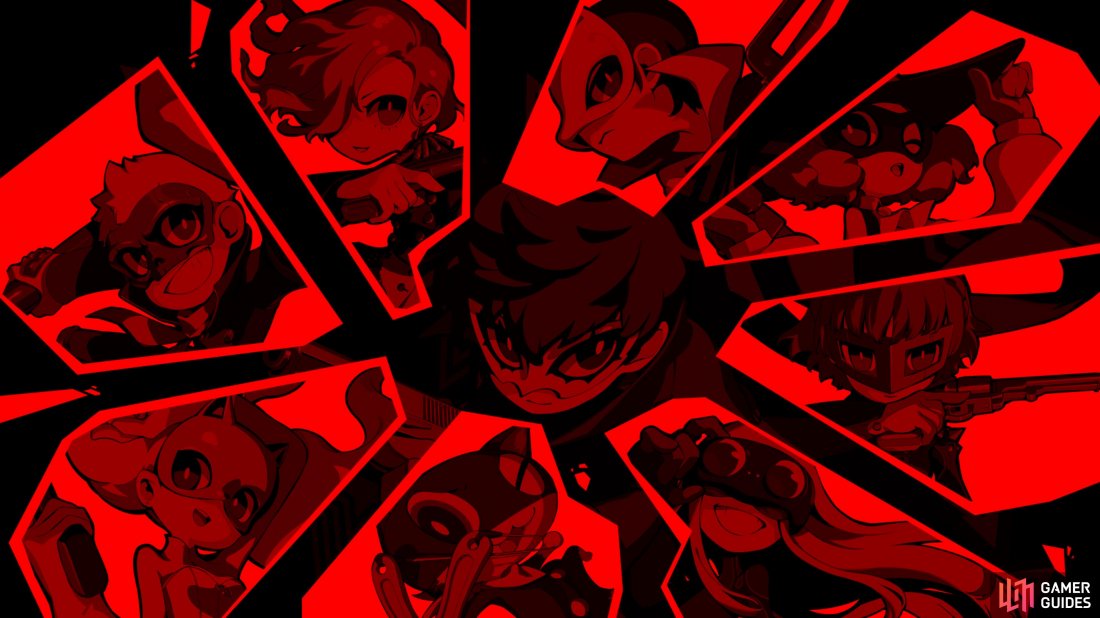
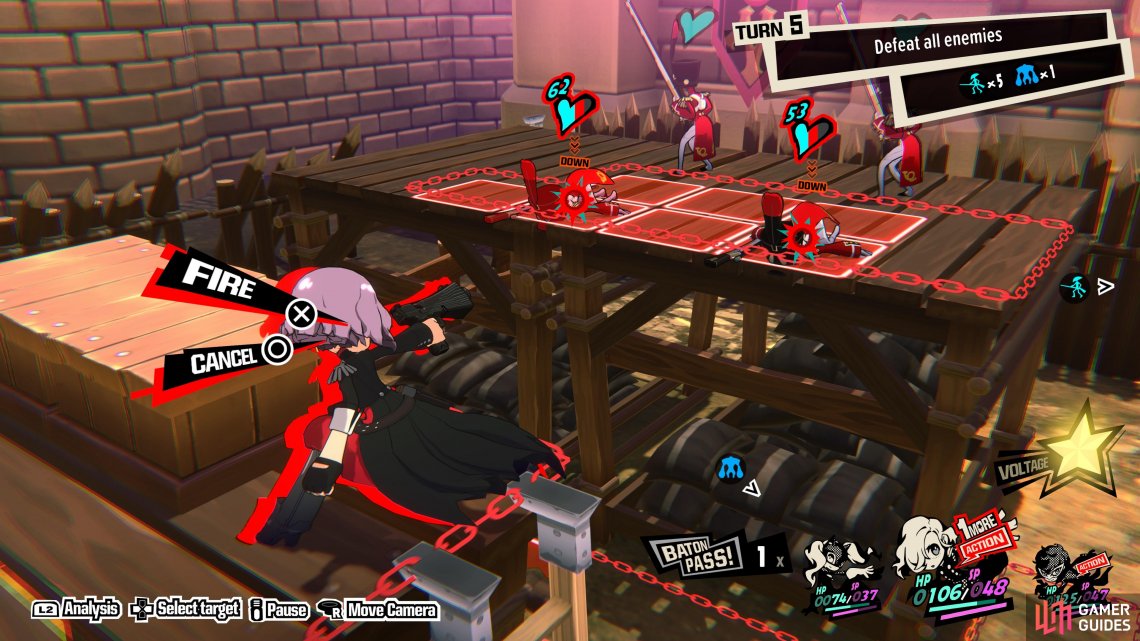

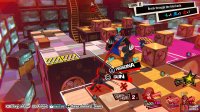


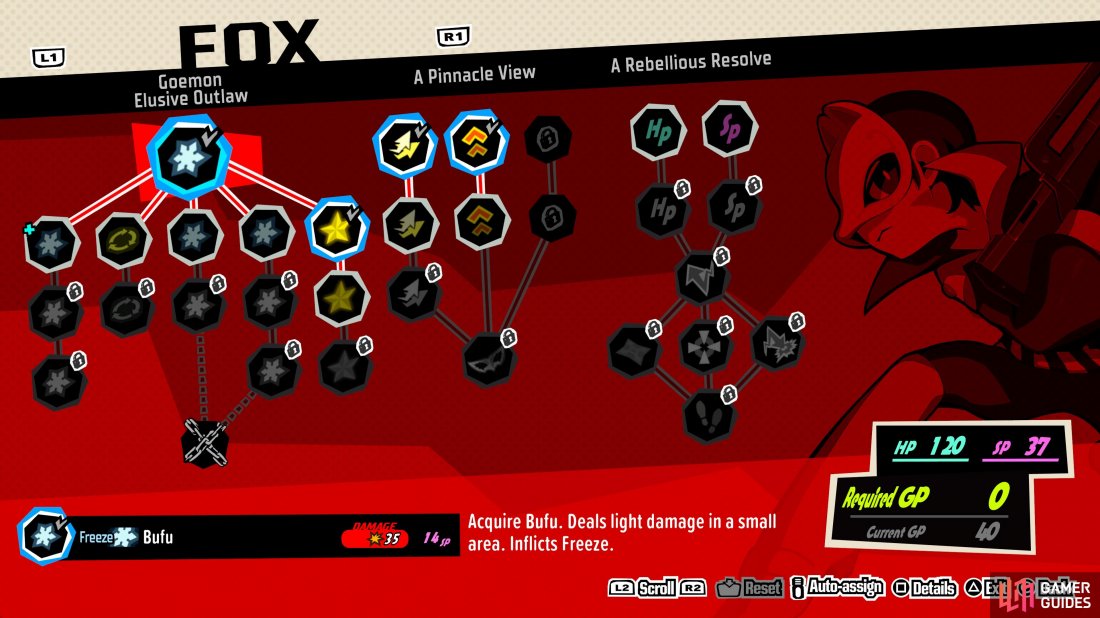
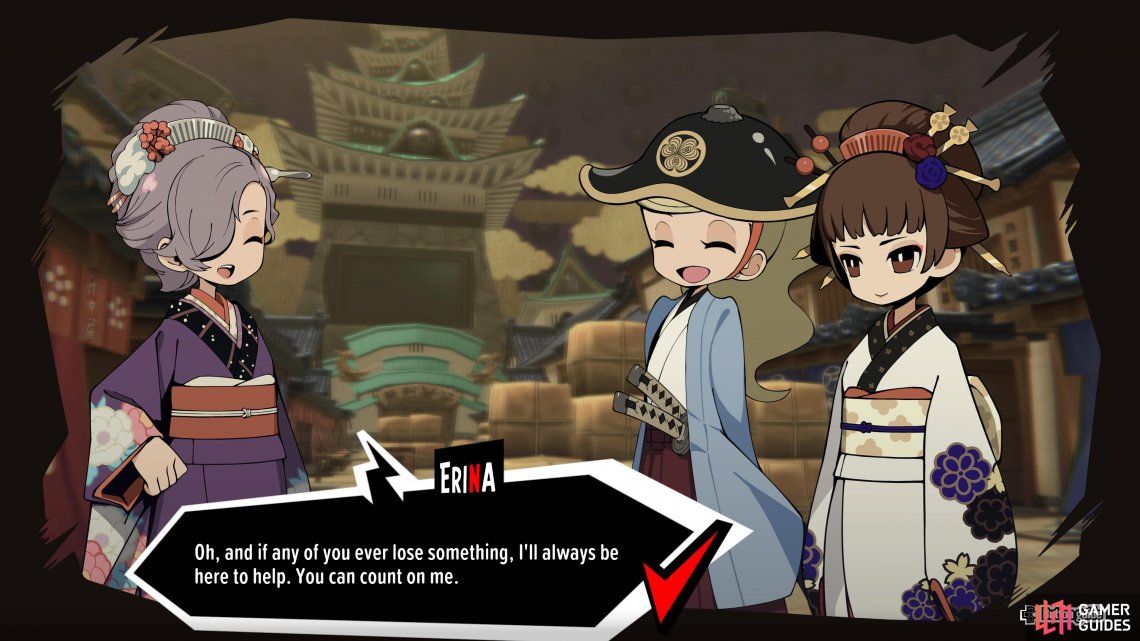




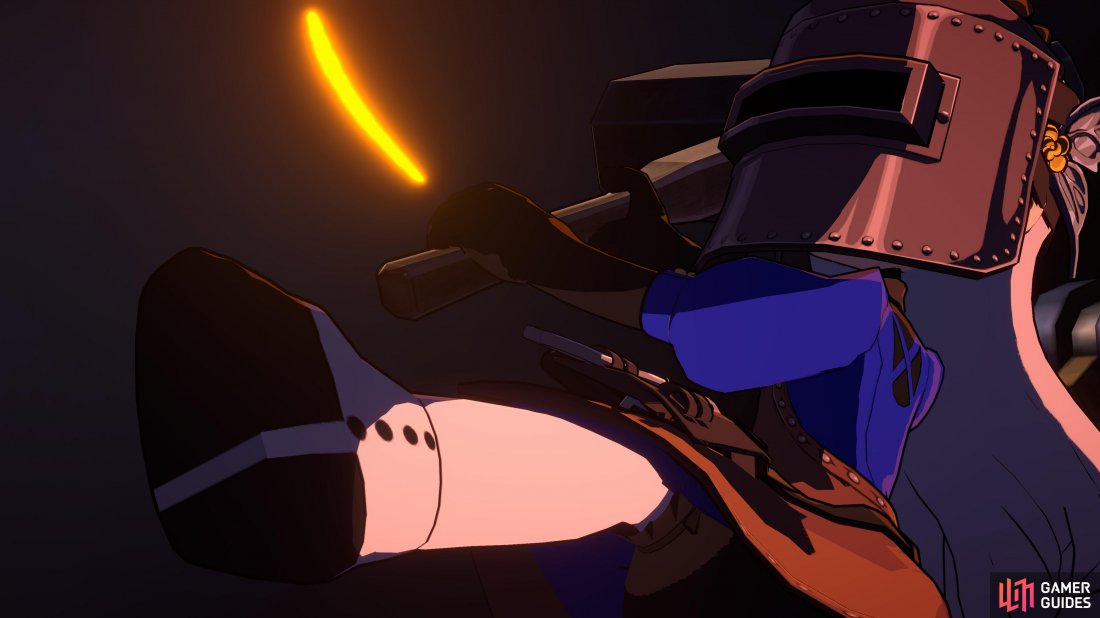
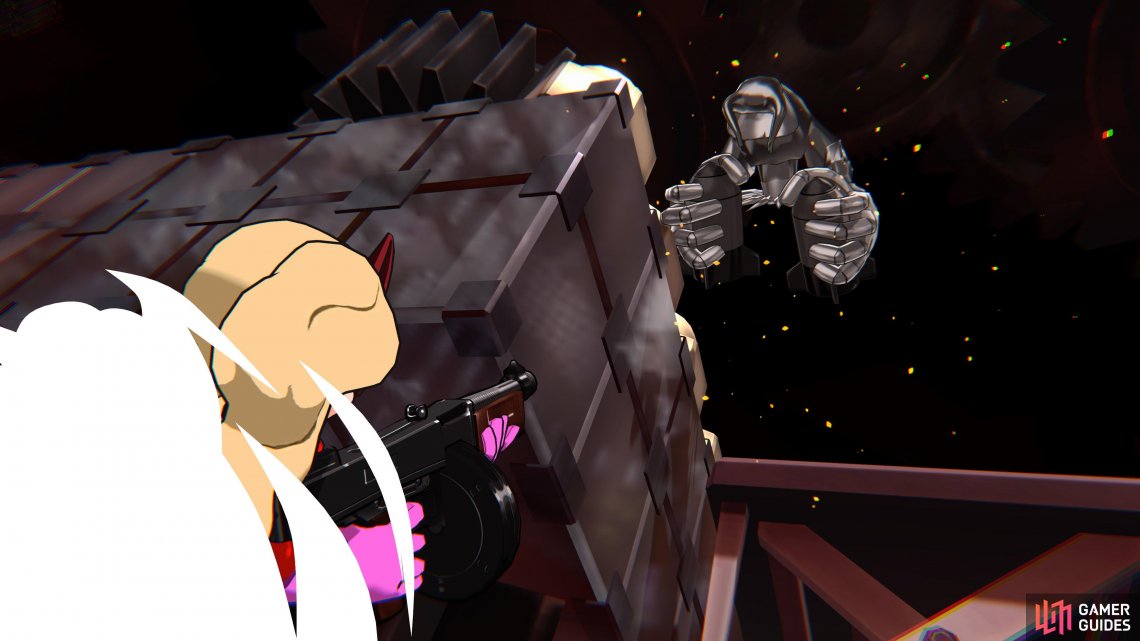

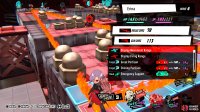



 Sign up
Sign up
P5 Racing game sounds great! Go all Bloodborne Kart on it, nice review, I loved base P5 but I do feel well and truely tired of the P5 gang which I am sure a goodish amount of people also are now too
Another great review from the illustrious and hard working CMoyse!
May take a spin on this one on a sale. I do enjoy tactics games.